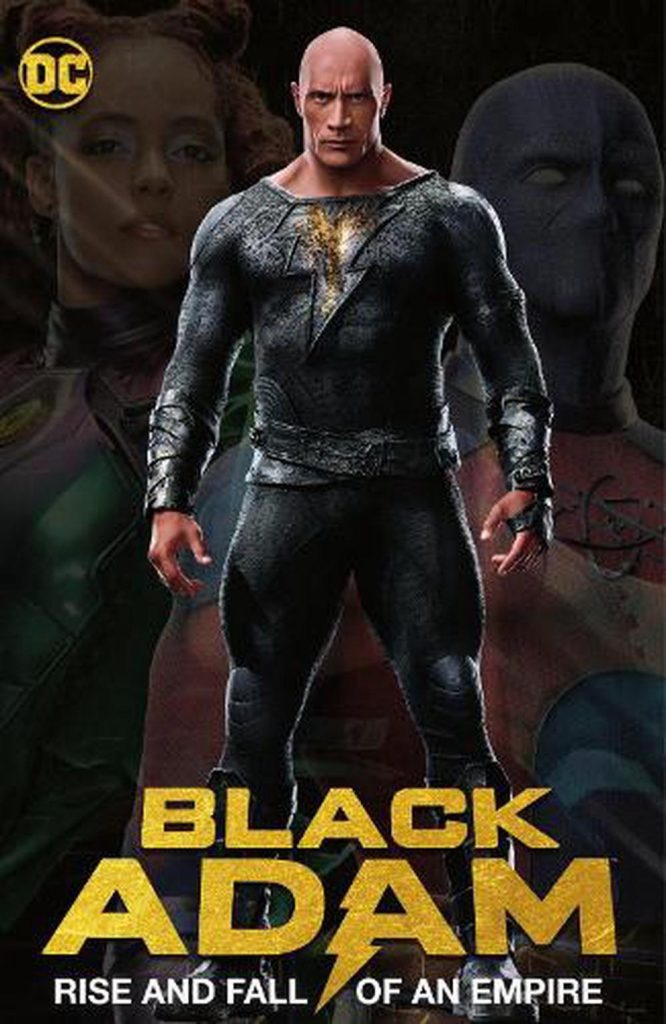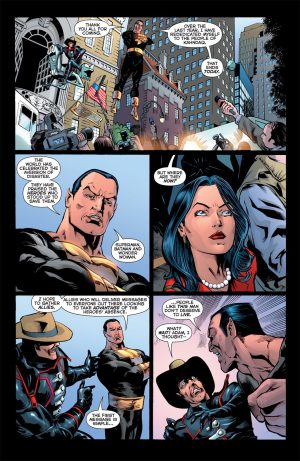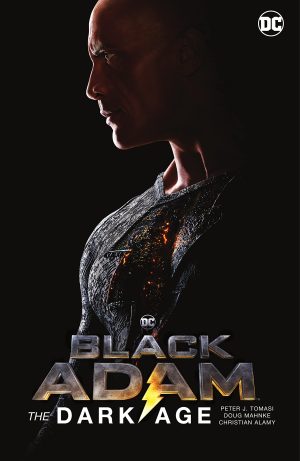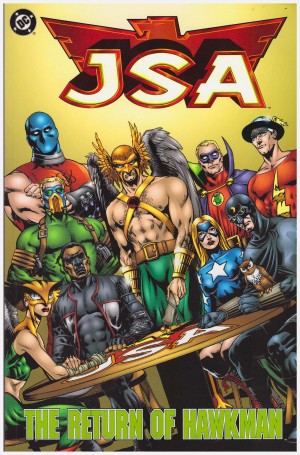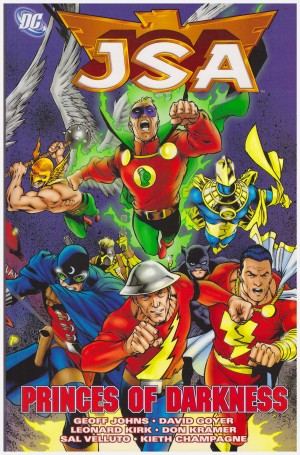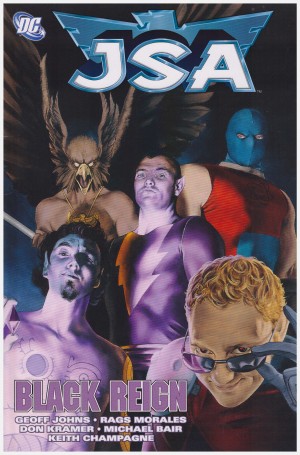Review by Ian Keogh
DC so often seem to waste the opportunity of millions of people worldwide watching a film starring one of their characters. It’s not as if they’re taken by surprise when superhero films are years in production, yet DC frequently have little product to coincide with the release, and all too often what they do have is compromised and complicated by continuity in which film goers have no interest. Rise and Fall of an Empire is almost designed to that template. Dwayne Johnson, cinema’s Black Adam is used on the cover, yet the material within dates from 2007.
Even then, it’s not a specifically planned story, but extracted from Black Adam’s participation in weekly crossover series 52, during which he experiences a rise and fall period among the activities of other superheroes also undergoing transformative arcs. 52 is a complex undertaking involving four writers that still reads well as thrilling superhero entertainment, and based on the credits here it’s Geoff Johns who wrote Adam’s sections. During his JSA run Johns had Adam take charge of Khandaq, the modern day equivalent of the area Adam ruled in historical times, and with near enough the powers of Superman at his disposal, Adam is a very different personality. He cares for his land and for his people, but it’s a two way relationship as he also demands their respect.
At first Adam seems to be following a dangerous path of confrontation with global powers, but there’s a surprising turn veering away from this, leading to another surprise as Shazam’s power is bestowed on a new recipient, and then another. For much of the story Black Adam is happy, and therefore neutered, but the angry, brooding character most want to see is restored before the end.
In order to ensure some artistic continuity for a series originally published weekly Keith Giffen provides layouts for the large contingent of pencil artists. These all use a broadly dynamic superhero style, and they all serve up the required excitements. The sample art is from Joe Bennett near the beginning with Adam about to dispense his own form of justice, but he mellows, and it could be read as the start of Adam’s downfall.
Because 52 spotlighted a range of characters, some of whom interacted with each other, there are some bumpy moments in just excerpting Adam’s sequences. The Question and Renee Montoya feature awkwardly as there’s no resolution to their story, yet their presence is required for Adam’s progression. Other threats suddenly manifest, whereas during 52 they were painstakingly built up, but despite this, Johns constructs a never predictable page turner, and it’s likely that his bombshells will survive the years.
